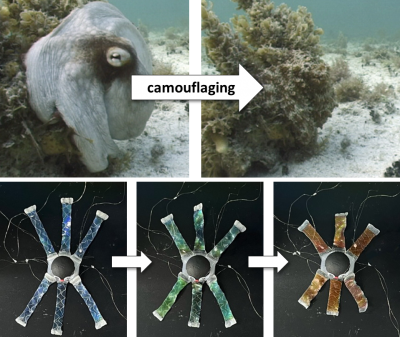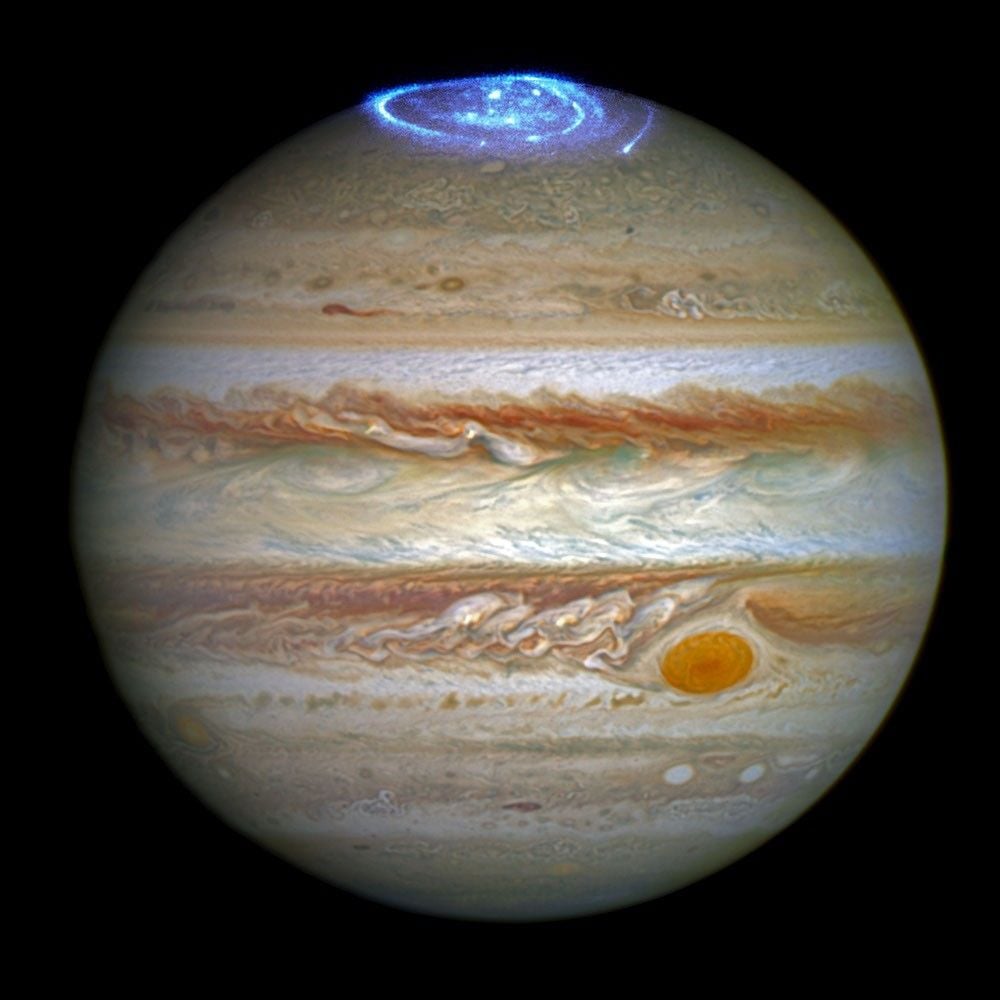Researchers from the University of Minnesota have made a groundbreaking discovery in Jupiter’s polar regions, revealing a completely new type of plasma wave that generates auroras distinct from those observed on Earth. This finding was facilitated by data collected from NASA’s Juno spacecraft, the first probe to orbit the planet’s poles, challenging long-held beliefs about auroras derived primarily from terrestrial observations.
Jupiter’s Unique Aurora Phenomenon
While Earth’s auroras, known as the aurora borealis and aurora australis, present as green and blue lights in the sky, Jupiter’s auroras are fundamentally different. The gas giant’s vast size, rapid rotation, and complex interactions with its moons contribute to a much stronger magnetic field, making it a natural laboratory for studying extreme physics.
The discovery stems from Juno’s observations, which revealed that the conditions on Jupiter—specifically its robust magnetic field and low plasma density in polar regions—result in the formation of new plasma waves. Professor Robert Lysak, a leading expert on plasma waves, collaborated with astronomers Ali Sulaiman and Sadie Elliott to interpret the data, leading to insights that redefine our understanding of auroral activities.
These plasma waves, known as Alfvén waves, named after physicist Hannes Alfvén, who theorized their existence in 1942, behave uniquely in Jupiter’s environment. The data indicated that the frequency of these waves is significantly lower than their counterparts on Earth, due to the notably low density of plasma in Jupiter’s polar regions.
Comparison with Earth’s Auroras
The differences between Earth and Jupiter’s auroras are striking. On Earth, auroras typically form a donut pattern surrounding the polar cap, which remains dark. Conversely, Jupiter’s complex magnetic field allows charged particles to flood the polar cap regions directly, illuminating areas that would otherwise be dark on Earth.
Moreover, while Earth’s auroras are visible to the naked eye, often appearing in shades of green and blue due to interactions with oxygen and nitrogen, Jupiter’s upper atmosphere behaves differently. Its auroras are predominantly invisible without the aid of ultraviolet and infrared instruments, marking a significant departure from what we observe on our planet.
This discovery opens up an entirely new realm of plasma physics that cannot be adequately studied through Earth-based observations alone. The insights gained may have broader implications, potentially influencing fields such as fusion energy research and space weather forecasting.
As Juno continues its mission around Jupiter, researchers anticipate that upcoming missions like JUICE and Europa Clipper, set to arrive in the late 2020s, will provide further opportunities to explore this phenomenon. Each new observation enhances our understanding of the complex interactions within planetary magnetospheres and their significant role in shaping the environments around gas giants.
“These findings challenge our previous understanding of auroras and demonstrate the unique plasma physics at play in Jupiter’s atmosphere,” said Professor Lysak.
The ongoing study of Jupiter’s auroras not only enriches our knowledge of the planet itself but also contributes to the broader scientific community’s understanding of plasma behavior under extreme conditions. As researchers continue to unravel the mysteries of Jupiter, the implications of these discoveries will likely resonate across various scientific disciplines.





































































